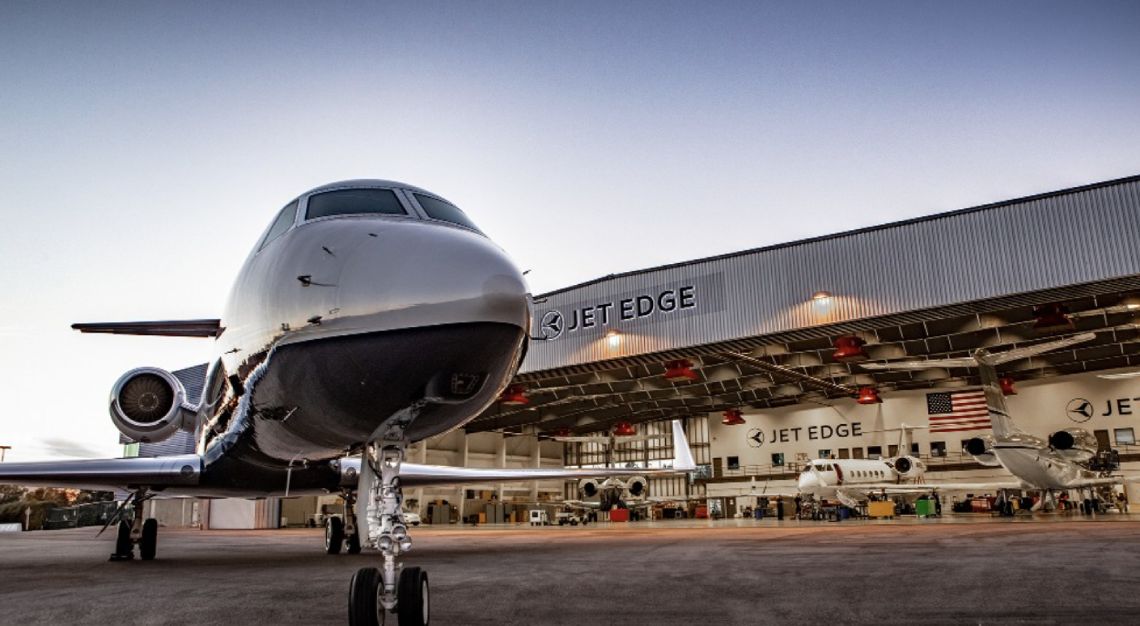As the private aircraft industry becomes more saturated with buyers, this is what you’ll need to know if you want to own one
A panel assembled by the National Business Aviation Association (NBAA) discussed the rising demand and record low inventories of preowned business jets, arguing that supply would stay tight for the next six to 12 months. Addressing the “all-time lows” in available aircraft, four experts discussed why good, used aircraft are now in short supply as well as how that is causing prices to climb.
“We’re seeing an influx of first-time buyers who have come into the market,” said Jay Mesinger, president of Jay Mesinger Jet Sales. “They’re like guests who are going to a party, eating the food and drinking the wine, but not bringing anything – they have no aircraft to trade in and are depleting inventory.”
Mesinger said sales of used jets in December 2017 totaled 479 units. In December 2020, the number was up to 861. “The other thing that is interesting is that we’re seeing owners who own two aircraft and who would typically sell one,” he said. “Now, they aren’t willing to give up either one until they can find a new aircraft they really want to buy.”

With lower deliveries of new jets and supply-chain issues lengthening maintenance time across the industry, the panel sees no clear end for the rising prices and low inventories. “If anything will keep 2021 from being as successful as last year, it’s not demand, but the available supply of aircraft,” said Mesinger.
Currently, turboprop aircraft are the most sought-after segment, followed by large business jets, midsized jets, and light jets. Pre-purchase inspections are double what they were a year ago.
Rollie Vincent, president of Rolland Vincent Associates, says preowned transactions are up year over year through August 2021, despite the low inventories. “Jets are moving quickly if they’re quality, and a lot of them are coming from off-market sources.” Off-market refers to aircraft that are not publicly listed for sale.

The current market for business jets is “180 degrees” from where it was in 2009. “When we had the financial meltdown 12 years ago, available inventory spiked to 18 per cent of the fleet,” says Vincent. “As of yesterday, there were 1,400 jets for sale – that’s the lowest we’ve seen in years. It’s an unheard-of number that represents about 6 per cent of the fleet. There are simply more buyers than sellers.”
Vincent says the influx of first-time private flyers has resulted in a “nice uptick” in charter and fractional ownership that is “robust and fabulous in some places.” He’s “more bullish on fractional demand staying with us [than charter] since people have signed five-year contracts.”
New aircraft sales have also received a boost during the Covid era. “We’ve raised our 10-year forecast for new aircraft production more than we have over the last 11 years,” says Vincent. “All of the OEMs have been investing and there are new programs in development. Order backlogs are up 15 per cent through the first half of the year compared to last year.”

Mesinger says that some clients are looking at new aircraft. “They were very focused on preowned, but as we’ve seen the delta between preowned and new narrow, they are looking at both. That’s good for the industry.”
The panelists agreed that once corporate flight departments—which have largely been dormant during the COVID period – return to the skies, many could list excess aircraft, which could have the effect of bringing prices down. But that would be later this year at the earliest.
The lessons for new buyers in this seller’s market are clear, according to the panel. “If you’re a buyer but not currently in the market and plan on closing on an aircraft by the fourth quarter, it’s going to be challenging to get in a maintenance facility,” said Tony Kioussis, president of Asset Insight, noting the one- to two-month backlog at maintenance facilities. “Our advice is to get into the market now and exercise patience. Be ready to buy on day one, but expect it to take much longer.”
This was first published on Robb Report US






